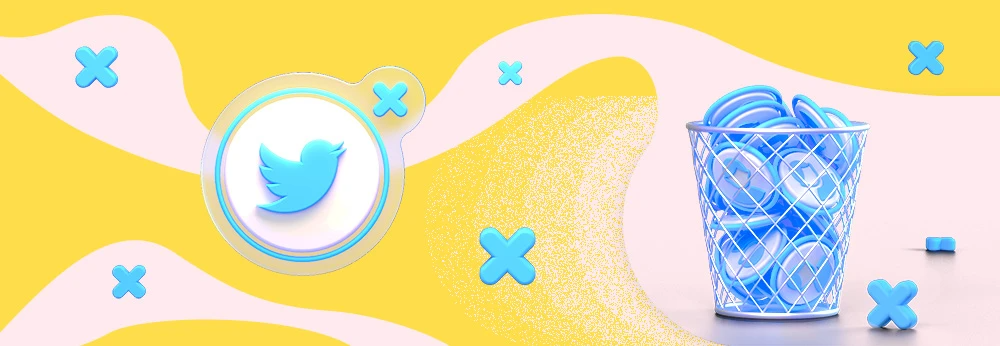.webp?2025-12-17T15:00:29.367Z)
Spotify Wrapped ideas make stats lovable

Why Twitter shut down Fleets
Vladimir Lastovskiy
CEO InAppStory
A couple of days ago, Twitter announced that it is done with Fleets, short text Stories that were published online for 24 hours. The feature didn’t work that well, and probably didn’t add much to Twitter’s profits. I work with different customers on this type of format, analyze story metrics in partners’ mobile apps, and just think a lot about it in general, so I will try to highlight a few moments that made Twitter stop Fleets.
Let's go back to the beginning. Twitter launched Fleets in Brazil in Spring 2020. In November of the same year, the feature was rolled out around the world. In June 2021, the company began testing ads in the Fleets section (calling it an experiment), and in mid-July it decided to shut down the project. Anyway, Twitter's decisiveness is difficult to deny: launching a format that is not the most obvious choice for yourself (more on that later) and then abandoning it all within a year. Basically, it means admitting the failure of your decision, which shows that a company of Twitter’s size is definitely courageous from start to finish.
Fleets themselves will disappear from the application as of August 3, and instead of the "Stories" icon, active rooms for audio chat will be displayed. At the same time, the editor for regular tweets will be supplemented with the photo editing features used in Fleets: for example, adding text and GIFs over photos. Perhaps that’s a good solution: taking away one thing and providing something else. Applications today should try to give users as much as possible, and if they suddenly take something away, they must somehow compensate for it: the competition between digital services is too tough.
In a post announcing this shutdown, the vice president of Twitter’s products, Ilya Brown, said that the company is ditching Fleets due to the feature's low popularity. According to Brown, the reason was that the number of new users has not increased since the launch of Fleets, and Fleets was used more often by those who post more in general.
According to The Verge, Twitter has been trying for years to get new users to post regularly, and not just interact with other people's posts. Fleets did not help them with that task.
So, there are no more Twitter Stories. The format appears in a huge number of services, but they are gone on Twitter. Why did it happen? I would highlight three main reasons:
The Stories were very similar to regular posts on Twitter. As Brown said, the reason the company was putting in the new format was so that “Fleets would help more people feel comfortable joining the conversation on Twitter.” That is, it was intended to reduce the psychological pressure on the user when publishing.
A tweet remains in a person’s account like a monument etched in stone, and a story disappears after a day. In theory, the idea is good, but, in fact, for new users, such a motivation is not obvious. It seems that first, people would prefer to learn how to master the basic tools and establish themselves on a new platform, and only after that, start experimenting. So, it seems that there was some mistake in the analysis of the audience.
Twitter focuses specifically on text messages, and it's much more natural to post photos to Instagram, Snapchat or Facebook. How interesting is it to read messages where the author didn’t put in much effort, and completely without visual support? Photos of happy people or beautiful scenery can be forgiven for missing a smart caption, but it’s difficult to forgive a lack of meaning in a simple text message.
It seems that by integrating Stories, Twitter didn’t want to lag behind the big trend, which now, in addition to social networks, many brands have joined, from Google to Airbnb. Testing hypotheses is a great strategy, but the main thing is to formulate your goals as accurately as possible, and also to be able to measure results precisely.
Perhaps the usefulness of integrating Stories is largely determined by this: understanding what we want to get from the format and how we will measure progress. Since the benefit of Stories for companies (as well as for social networks) is measured not only by profit, the system of metrics should be quite well thought out and complex: for example, how much the session duration in the application has increased, what the visibility is, and the rate of transitions to individual landing pages and sections of the company's application. If the company itself is publishing Stories (as in Uber Eats), then you need to understand very well what value you will create with content for users, and why they will return to that section.
In the end, it turns out that the success of launching Stories largely consists of three components: correct audience analysis, great content, and a clear goal. If these three points are met, then the chances of success get closer to 100%.

